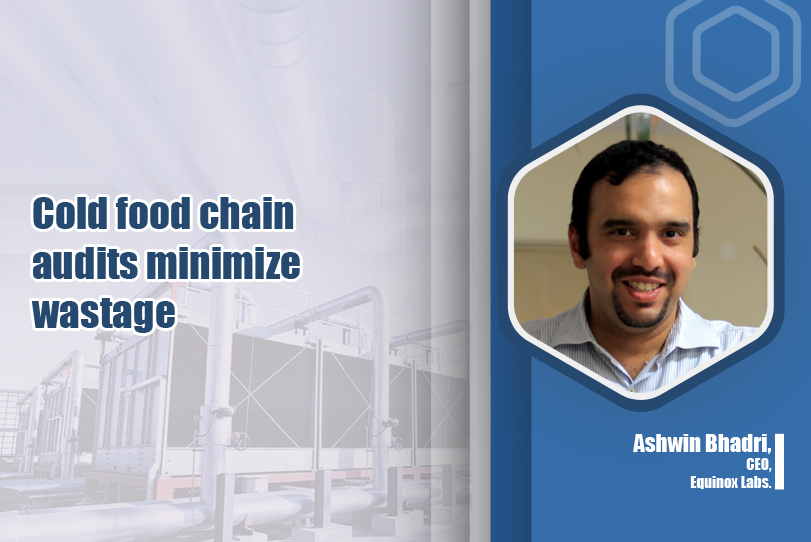Factors that contribute to poor IAQ include lack of appropriate preventative maintenance for the ventilation system.
How do the labs contribute to maintaining air quality in indoor spaces that need to be virus-free and healthy to inhale?
IAQ or Indoor air quality describes the quality of air in the workspace environment. Labs do conduct tests as per the standards and this allows them to introduce the right solution as per the environment. The basic Occupational Safety and Health Administration (OSHA) standards that allow maintaining the air quality include ventilation. Major factors that contribute to poor IAQ include lack of appropriate preventative maintenance for the ventilation system and biological pollutants such as animal dander, mould, pollens, and more that allow the virus, bacteria, and fungi to enter and grow.
The labs help to eliminate the pollutants and this is the foremost option that one can stick to. This allows source management and removes, substitutes, or encloses the pollutant sources. Engineering control is the second alternative that one can stick to controlling exposure to viruses. You can simply choose to increase the ventilation fans to increase air exchange per hour and this helps to bring a higher amount of fresh air. Elimination engineering is the foremost option that will be brought into the picture, but if they don’t suit, you can choose administrative controls. As per requirements, labs do educate about other measures that help to improve IAQ levels, you can simply choose to get the IAQ levels checked.
Emerging trends for food audit reforms in the cold food chain.
Food audits are done to analyse whether specific manufacturing or to know if the food chain does follow food hygiene methods. This audit closely is done to inspect a food processing facility to know its compliance and adherence to hygiene and safety standards are practised.
A thorough check of mentioned standards are done –
- Design, layout, maintenance, and cleaning of a food chain.
- Proper ventilation; Check for the temperature to maintain the food at its best and check on Anteroom availability to maintain the temperature of frozen food
- A person entering the cold storage might have to wear safety gear such as gloves, a hair cap, and sanitizer before entering.
- The shelf life of the products are checked on a priority; Pest activities are to be checked; Only specific types of pest control are done to avoid the impact on frozen food.
Covid has made the authorities reconsider the cold food chain audits, to minimise wastage. Also, the standards are framed concerning the transportation of frozen products.
Role of a digital technology integration platform for food testing labs.
Every platform today tries to get integrated with digital technology. It is not only helpful but doesn’t require one to memorise or keep updating every data manually. While the world was sitting at home to avoid COVID, FSSAI requested the officials to carry out some way that can allow the integration of digital technologies and food testing labs. Well, digital technologies have introduced a few tools that have proved to be a rescuer.
Digital auditing tools: Those tools are introduced to ease the working. One need not constantly maintain, organise or evaluate the handwritten data. One simply needs to update the data on the app and this is likely to organise and evaluate the right information. Also, those auditing tools are hassle-free and help one access the data required whenever needed.
Blockchain technologies: Blockchain technologies were introduced in 2008 and since then it’s used in most of the labs for conducting auditing tests. Even businesses or FBO do consider its use. Blockchain technologies do allow maintaining the records such as date of manufacturing, shelf life, origin country, batch code, certification results, and tests conducted. The records are kept secured and retrieved by an authorised person whenever needed.
Mobile devices and apps: Every person relies on mobile devices and apps and this has proved to be beneficial for the labs too. Mobile devices and apps have helped to replace the “pen and paper” method to collect data. Even the data related to storage level readings, quality assurance checklist etc., can be maintained without messing with data.
Digital product labelling: This is one of the best options that allow the testing labs to acquire information regarding a single product. Digital product labelling cannot be altered and hence, the relevant results regarding the products can be split by the labs. If any inspections or audits are carried out, those digital product labelling can be relied upon.
Cookie Consent
We use cookies to personalize your experience. By continuing to visit this website you agree to our Terms & Conditions, Privacy Policy and Cookie Policy.















